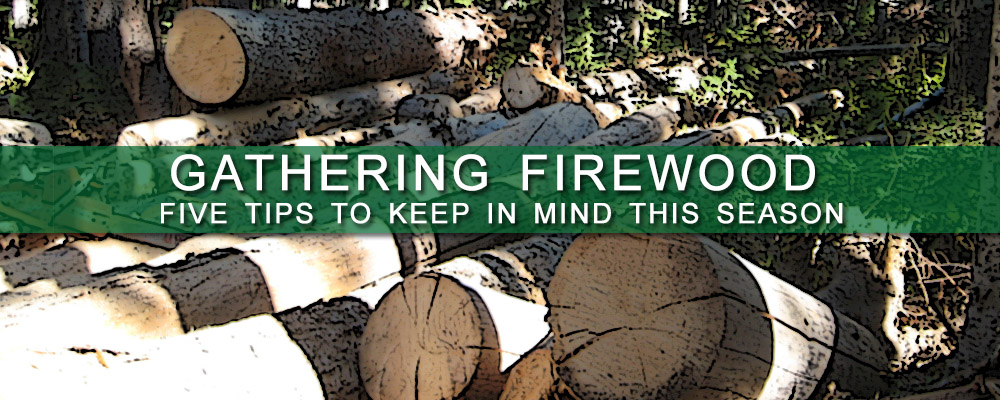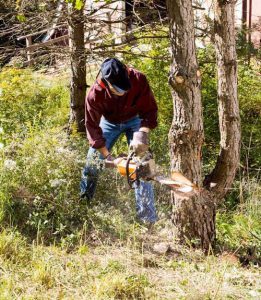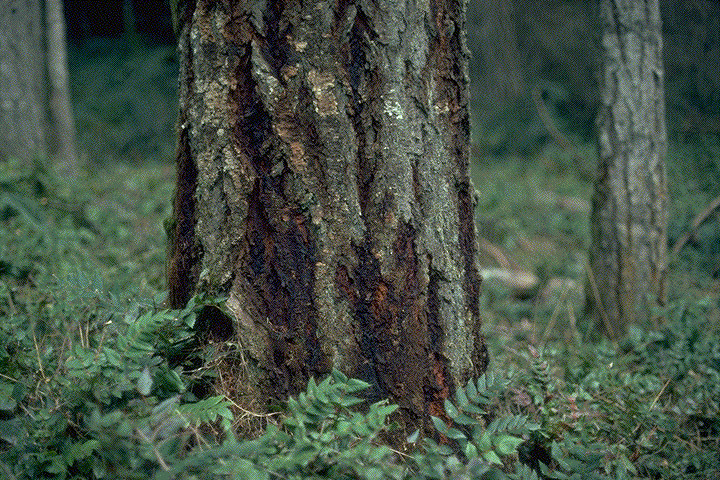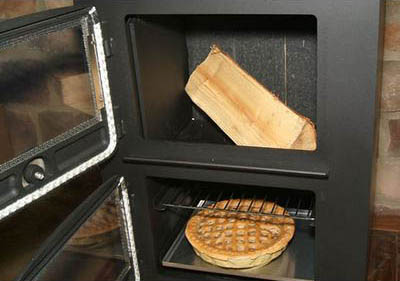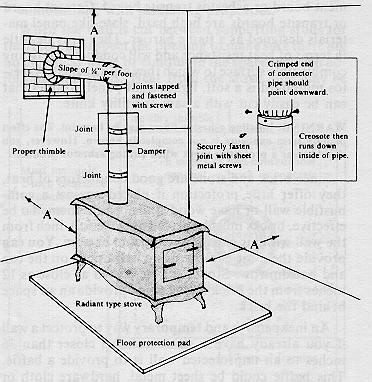Gathering Firewood: Five Tips to Keep in Mind This Season
Living the self-sufficient lifestyle means, among other things, knowing how to store your wood and properly operate a woodstove or cookstove. But what about gathering firewood? It’s the crucial first step in the process of creating total independence for yourself when it comes to heating, but it’s also arguably the hardest part. For many, the solution is to find a reliable seller and simply purchase firewood, but that’s often expensive. Understanding how to properly scout and cut your own firewood could save you hundreds of dollars each year, and more importantly, bring you one step closer to total self-sufficiency.
Know where you will be gathering firewood. Assuming it’s not on private land, is it state or federal? Both state and federally managed forests offer woodcutting permits for relatively inexpensive fees; the U.S. Forest Service handles permits for all national forest lands, while the agency handling state forests varies from place to place. We know: It’s tempting to grab a saw, head off into the forest, and just start going at it. However, not only is it important to obtain a woodcutting permit simply to upload the standards of local timber management, but being caught without one often carries a hefty fine that you probably don’t want to deal with.
Know your saw. To effectively fell trees, you will need a chainsaw. While it’s certainly possible to bring down large timber with a crosscut saw, using a chainsaw will save you valuable time and energy. Handling a saw is likely the most intimidating aspect of gathering your own firewood, but with a few precautions and proper care, it’s actually much easier and safer than you might expect. For some great tips on safety, we recommend you head over to Firewood For Life.
What you need in a chainsaw will vary based on where you live and the average diameter of trees you will be felling, and there are a variety of user preferences that we don’t have the space to cover here. In general though, you should try to find a balance between something light enough to lift with relative ease, yet has a bar length long that will extend further than the diameter of trees you hope to cut. In our experience, the gas-powered Stihl 362 or 042 have been more than adequate for all of our firewood needs as well as being exceptionally easy to use and reliable. We recommend talking to your local dealer for specific guidance on a purchase or, better yet, enlisting the help of a friend who already owns a saw to show you the ropes.
Know your timber. The tree species that burn best differs from region to region in the U.S., but there are a few rules of thumb to follow when selecting what trees to cut. Most importantly, you don’t want to simply cut down every good looking tree in your way. Leaving trees that look to be in perfect condition allows a healthier forest to grow, which ultimately benefits everyone.
Look for trees that are “on their way out”. Not totally healthy, but not completely dead. Consider the amount of green on it, and whether there are any obvious external defects like knots, dead branches, cracks in the wood, and so on. Issues like this might mean some of the wood on the tree is not viable for burning, but the vast majority probably is and therefore it’s worth cutting down. Fungal growth can also be a good indicator that a tree has a limited lifespan, as such growth often means a portion of the interior is rotten. However, be cautious when cutting these: While the tree may have a great deal of useable wood, the portion that you make your cut on may not be solid, making it dangerous to bring down. In this case, you can tap the trunk and listen to the sound it makes. If it’s a sharp, shallow knock, it’s good to go. If it’s an echo-y “thock,” be extremely cautious while cutting or move on to another tree.
Also, keep an eye out for animal habitation before cutting into a tree. Woodpecker holes, bird nests, and beehives are common in every forest and form a valuable part of the ecosystem.
Mind your limbs and length. After you’ve taken a tree down, remove as much of its limbs as you can. Once your wood is limbed, you’ll need to decide how long to cut each round. 14 to 16 inches is a common length, but the size of your firebox is the main factor in determining the size of your rounds, so make sure you understand how much room you have before heading into the woods.
Proper storage is key. Gathering firewood is the hard part, but it’s all for nothing if you don’t store your wood effectively. One common mistake people make is storing firewood as rounds (pre-split), which increases the amount of time it takes for wood to dry out. You should split your wood before stacking it in storage, since this allows moisture to easily exit the wood as air flows over and around the block.
Another common oversight in firewood storage is stacking wood on bare ground. This is problematic for a number of reasons, particularly because the moisture in the ground will eventually leach into the wood and cause rot. On top of that, it allows a much easier path for bugs to get into your stack and thrive- increasing the mess you will have once you bring your wood inside.
Split your wood, stack it on a solid covered platform such as a deck or inside a shed, and allow several months at minimum for it to become seasoned. Ideally, you should wait an entire year before burning what you’ve cut, but that’s often not feasible.
With each year that goes by, gathering firewood becomes easier. You will discover areas of forest that consistently produce good firewood trees, handling the chainsaw will become second nature, and you will come to enjoy the time you spend in the woods, making use of what it has to offer. The reward of spending a winter burning only the wood you cut yourself is great, but more than that, it’s one step closer to total self-sufficiency.
For more on firewood, check out our Six Tips For Better Burning and see what Obadiah’s has to say about storage in the video below.


